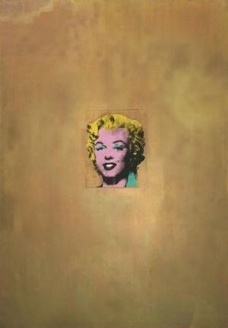
newspaper
agenda cultural
In 1955 the influential critic Clement Greenberg published the essay, “American-Type Painting,” hailing the anti-mimetic and monumental canvases of Abstract Expressionist artists as the most advanced form of painting then practiced. That same year, the twenty-five-year-old artist Jasper Johns painted an American flag, a familiar, iconic emblem. Rendered in wax encaustic and augmented with collage, the work’s tactile, painterly surface and allover compositional structure engaged the visual language of Abstract Expressionism while pointing in a new direction.
On to Pop features familiar objects and images we encounter in our daily lives. In addition to a flag, there are stockings, comics, and movie stars—in works by Roy Lichtenstein, Claes Oldenburg, Andy Warhol, and others. Collectively these artists came to define American Pop art, a very different kind of “American-type” painting, which by the late 1960s had eclipsed Abstract Expressionism’s dominance on the New York scene.

Andy Warhol. Gold Marilyn Monroe. 1962. Silkscreen ink on synthetic polymer paint on canvas, 6' 11 1/4" x 57" (211.4 x 144.7 cm). Gift of Philip Johnson. © 2010 Andy Warhol Foundation for the Visual Arts / Artists Rights Society (ARS), New York

